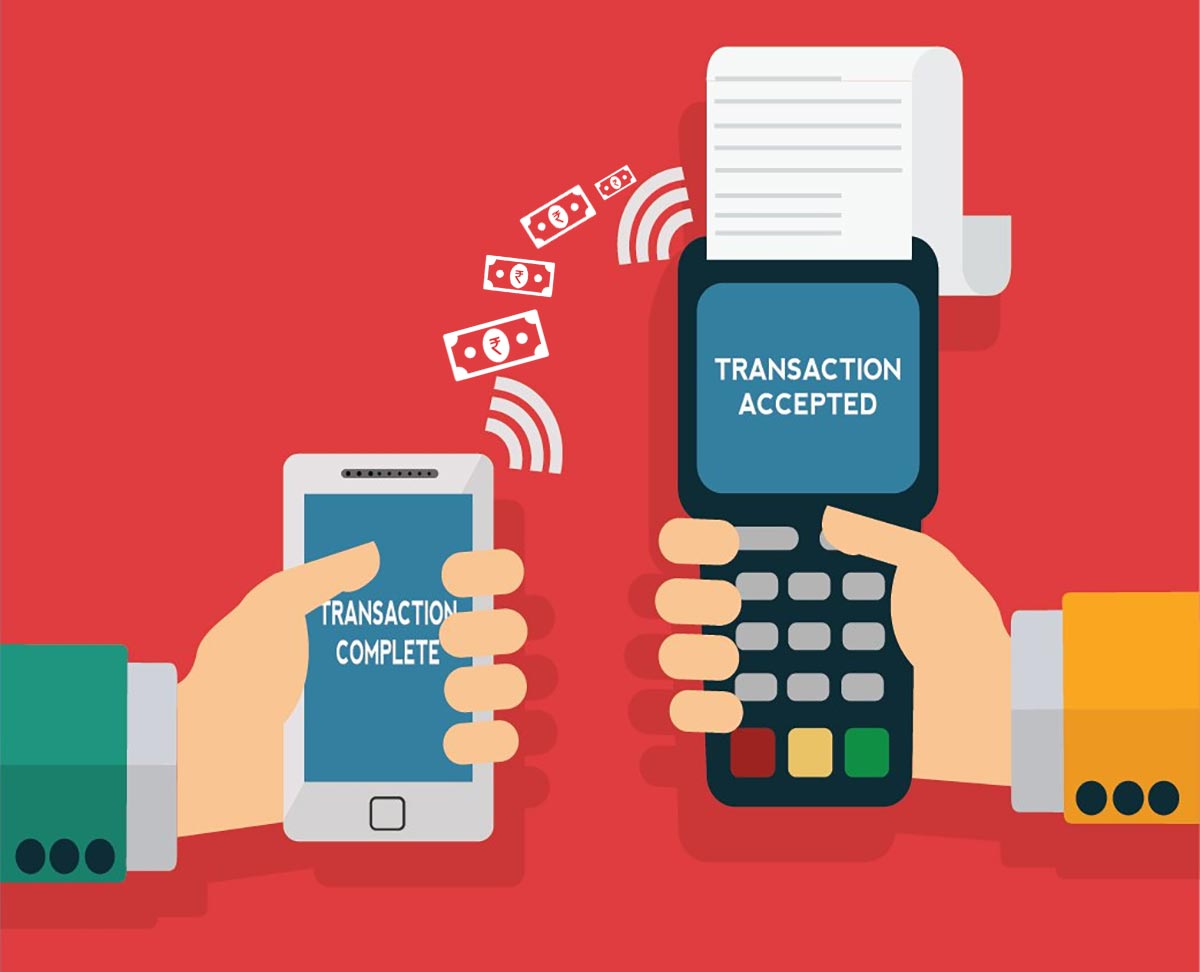Is GST actually stimulating or discouraging cashless economy? The same can be understood with this case study of a restaurant in Mumbai. This restaurant is a dinner point for a well-bread family and a choice of high-class society. The owner of this restaurant refuses to accept payments of the bill via credit or debit cards and neither returns bills to his customers unless demanded.
Do You Know Why?
To earn an extra pocket by evading taxes. He takes 5% GST from his customers by charging it in his invoice but does not pay it further to the government. He does not accept another mode of payment because that will showcase the GST collected by the owner and then he will have to reimburse the same to the government. With the exact same intention of concealing the GST collected from customers, he does not return bills to them.
So the GST is going out of your wallet but not reaching to the government.
This has now become a common practice in many restaurants. They levy GST on bills and keep the uncollected bills out of the income tax return file and get richer by evading taxes.
Read Also: Confused About GST Rate on Sweet Shops & Restaurant: Clear Your Doubts Now
The same practice can be spotted in the transportation and outdoor catering sectors too which is eventually helping to boost cash transactions.
From February 1 this year, the cash economy has combined the car repair segment as well. GST offset (tax credit) will be omitted on all these activities (under Section 17 (25) of the GST rules). The policy of not providing tax credits is while unfortunate for genuine businessmen will grow the cash economy.
How Big Could These Amounts Be?
Since the customer does not claim the hotel or transport receipt, the GST credit goes unregistered with the central database computers of the revenue departments. So, the amount of unrecorded transaction becomes incalculable.
A 2017 FICCI report on the “Indian Food Services Industry – a roadmap for unlocking growth opportunities” shows that the restaurant business of India is worth Rs 3.7 lakh crore. At 5% GST, the government could earn a revenue of around Rs.18,500 crore. The data regarding transportation could not be found but seems to be fairly huge.
In this way, with unregulated accounting, the government is losing approx Rs 9,000 crores annually.
The government’s approach toward the small merchants of food and other items is to liberate them from GST because it is troublesome work to collect & calculate the accounts data of these small organisations.
In this smart era, many people use cab services like Meru Cabs Ola or Uber for travelling. The payment of cab services is hooked to a mobile phone number further linked to a PAN identity. So, if the government wants to maintain transparency, electronic payments should be motivated because of their eligibility for GST credits.
Recommended: Input Tax Credit Guide Under GST: Calculation with Examples
The digitalized transactions need to be coupled with the revenue departments’ computers. The government can put an additional presumptive tax on organisations that don’t accept online payment of bills so that regulated GST system can be adopted by anyone which will lead to a cashless economy.
